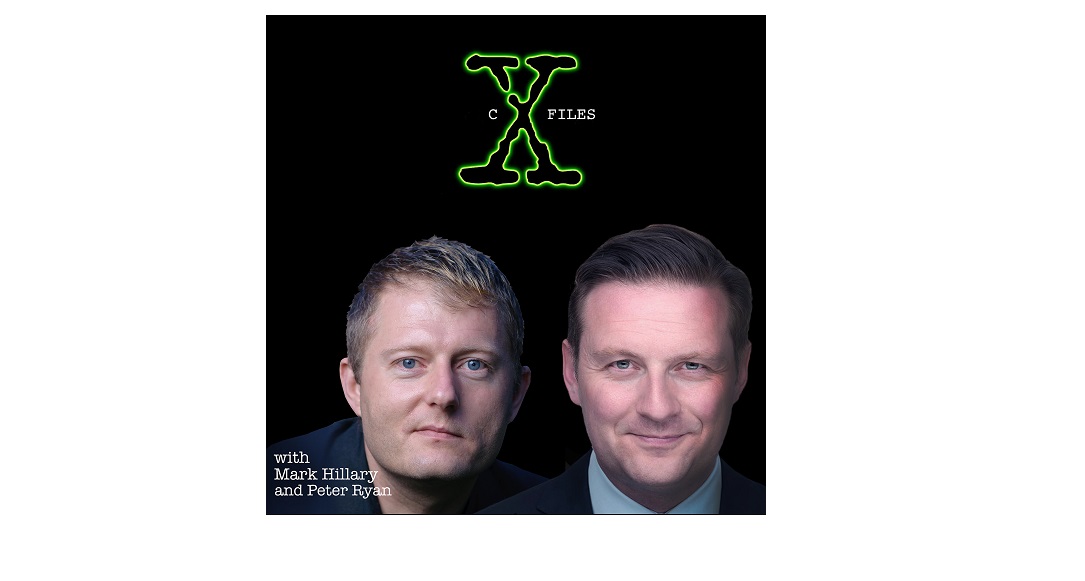In the latest episode of the CX Files podcast, Peter Ryan talked to Jim Farnsworth of SYKES about the changing nature of the contact centre and how agents should ideally be transformed into brand ambassadors. Jim is based in Denver, Colorado, and is an industry stalwart, known across the world for his visionary focus on future trends – he was writing about the need for more work-from-home CX years ago.
Peter started by asking Jim about the evolution of the contact centre. After summarising some of the changes over the past two decades Jim said: “I think you’re starting to see that, as I like to say it, the agent is no longer the first person that the customer is going to in many cases. It might be the first human being, but it’s not the first contact that a customer has when they’re looking either to buy something or to to solve a problem.” He added: “You know, they’re they’re now going other places first, and now the contact centre has become an escalation point in customer experience, even though it may be the first place that a customer talks to a human.”
This is a great point and is something we have talked about in the past on CX Files. With so many smart devices, Google and Alexa are often the first place that customers turn for help. Often, by the time they reach a contact centre, it is only because they cannot find the information they need. The agent is the third or fourth line of support.
Jim explained one of the key consequences of this change: “We’ve seen a dramatic reduction in the basic calls, because they either aren’t coming in or we’re able to handle them with technology like a bot or a self service application. But when you do reach an agent, you’re now reaching one who has a much more dynamic role than ever before. They’re not just handling a transaction and getting a single resolution. It’s really an opportunity to be an ambassador for a company.”
Jim is describing an important convergence of marketing, sales, and service. Every interaction with every customer is now potentially a chance for that customer to make a purchase. They are no longer making a purchase and then calling with a problem – they could be in contact at any point in the customer journey.
Jim added: “It reflects on how you have the experience, or the attitude I have toward a company. If I’m calling in and I’m not buying something, it still influences the next time I am actually buying something and the next time I’m planning to spend.”
Jim’s view is that we need to evolve the role of the agent into that of a brand ambassador. They need to have deep expertise in the products they are supporting and they need to be aware that a customer is only on a call with them after failing to find help from Google and an automated system – the human contact may kicks in after several other levels of support. Being an agent is far more complex than ever before.
Jim explained: “Every time someone reaches out to your company, you should have a welcoming, knowledgeable, well-equipped person who can attend to their needs. Because as I mentioned before, it’s not just a call to solve a customer service issue, it’s an opportunity to represent your brand. I think as we go forward, the role of the agent is becoming much more sales oriented, it’s becoming much more marketing oriented.”
Jim is right. The customer journey itself is changing. Customers are no longer making post-purchase calls to complain, they are contacting brands before, during, and after a purchase. The customer journey can last for decades if you start thinking about all the interactions with existing customers. When customers do have a problem they will almost certainly have attempted to solve it already so the role of the agent really needs to be revised. They are no longer agents, they are experts and ambassadors.
To listen to the complete interview with Jim Farnsworth, search your favourite podcast app for ‘CX Files’ or click here to listen online.












